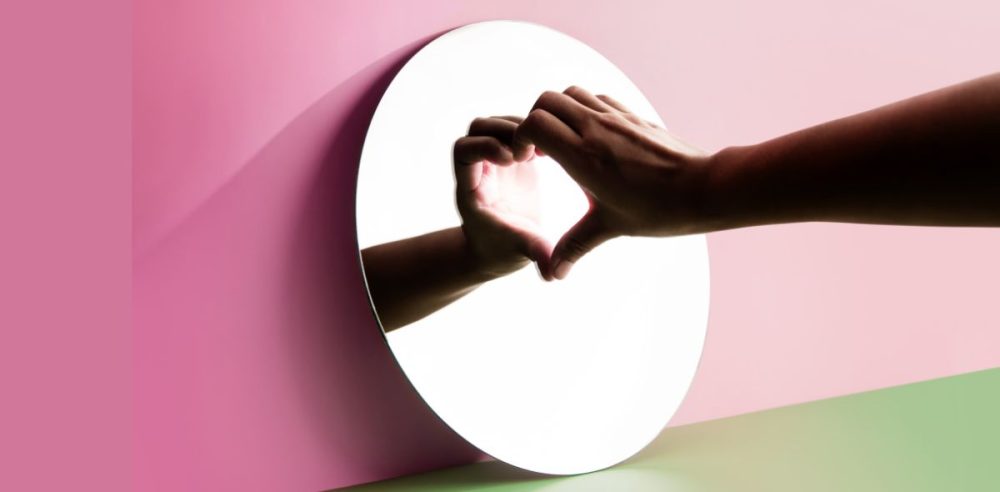A surgeon’s scalpel may not cause the worst pain. In life, the worst pain is often felt during the healing.
The mind and body can remain traumatized long after visible wounds have faded. This can be seen when a person experiences the loss of a significant other. The living loved one moves through the necessities, almost as if under anesthesia, unable to fully experience the pain expected of the moment.
Not until the shock begins to subside does the living loved one begin to feel the depth and breadth of the vast hole left in their life. This awakening can simultaneously feel suffocating and disorienting.
Navigating the path of healing can become even more complex when the individual attempting to move forward has experienced mistreatment from the very person who produced the void.
A history of psychological maltreatment can create thought dissociation between how you think you should be feeling and understanding what you are actually feeling.
Coping mechanisms begin to weave themselves into a net, convincing you that a particular action is best at the moment to traverse or numb the void. Some coping mechanisms will get you safely across; others will entangle you within the web of feeling unsafe, ashamed, wronged, fearful, abandoned, and alone.
It is good to remember that not all voids are created by the loss born in death.
Some voids are created in childhood by parents who now have memories of experiences that diminish your reality despite your enduring scars.
Other voids are created in adulthood by chameleons: those who present themselves as a safety net only to entrap you.
Unfortunately, some suffer the consequence of becoming entangled in another’s web, whether through trying to help or simply bad timing.
Eventually, the individual attempting to handle the trauma within the void can become hypervigilant and remain in a continuous survival mode. This individual may move through life assessing risk, looking for suffering, or catastrophizing.
As a result, this person may have a difficult time self-regulating their sense of control, often giving too much living space to frustration and disappointment. Others may consider such a person a cynic, worrier, paranoid, or depressed.
A mentor recently reminded me not to rush or suppress my feelings — to allow them space and time to surface without condemning myself or quashing them with toxic positivity. This practice of grace offers my brain different options to sort through, acknowledge, and incorporate healthier thoughts and actions.
We must be able to sit long enough with what we wish to push aside to distinguish between facts and feelings and dissect the relationship between fear and control. This is ultimately an exercise in showing up for oneself.
This exercise must be practiced as it will be put to the test.
My mentor also challenged me to step out of my worries and ground myself in the present moment. She told me to get comfortable in my favorite place, take a piece of paper and a pen, and write down what my senses were experiencing.
I am sharing my experience doing this exercise because, although it may seem silly and simple in thought, the action was quite impactful. You may try something similar and find it beneficial.
I positioned myself on the couch, a cup of coffee on the side table, music playing in the background, and pen and paper in hand. This is what I wrote:
- The feel of my bare feet stroking atop the blue velvet ottoman.
- Sitting on my yellow couch beneath a ceiling fan moving at its slowest speed… the late afternoon sun shining through the window.
- ‘Speak Too Soon’ by Wild Rivers is playing on Spotify.
- Looking at the man I love sitting on the taupe leather chair that was once in his place; a year later, the chair and the man are in our place.
- Seeing the face of the kitten who was abandoned on a rainy night in an alleyway, left to die. Now fully grown, healthy, purring.
- My coffee cup resting next to an iron candlestick shaped like a beautiful woman. I found her at an estate sale. She was too pricey for my budget, but I kept returning to her, only to eventually leave, saddened with longing. On my final visit to the estate sale, the woman who owned the home did not let me leave without the candlestick. She gave her to me — no charge. I still do not know why, but her graciousness humbles me whenever I look at the woman who bears the light.
- Thank You, God.
Putting myself solely into the moment, I did not realize that my coffee had grown cold. I startled myself when I took a sip, grateful that enough time had gone by without me occupying myself with one of my many worries. I had managed to give my brain options, and this exercise gave me the space and grace to regroup. Correction: I gave myself the space and grace to regroup. Indeed, it was impactful as much as it was simple.
Healing is not linear, my friend, nor is it constrained by time. Many suffer from enduring wounds, some shared, most unspoken. Nearly everyone is trying to heal from something or someone.
May we offer to others what we need to provide to ourselves: space and grace.
This column was initially published by CherryRoad Media. ©Tiffany Kaye Chartier.


